by Jenny Richardson, BHSAI
Our head trainer Jenny Richardson teaches many guests and clients here at Castle Leslie Estate’s wonderful Equestrian Centre. She says that of all the common mis-understandings between horse and rider, there are four that stand out, detailed below…
BALANCE
A rider who loses his own balance will compromise the balance of the horse which in turn will affect the horse’s way of going. Whether it be riding a simple upward or downward transition or over jumps it may create one or more of the following problems: hollowing, wobbling, wrong bend, wrong canter lead, running or leaning. Ensure your position is central, straight and fluid so that you move as one with the horse and not in any way against him. Simple pointers like not looking down, upright shoulders and stirrups on the balls of the feet with heels down are all the correct foundations for harmony between you.
LOOKING DOWN AT JUMPS
Most commonly seen when jumping water trays or spooky fillers, as they draw the eye and sometimes catch the rider out, unaware of the mistake he is making. Side effects of looking down are that if your head lowers, your shoulders and hands will also drop forwards and down and can cause the horse to run on to his forehand rather than sitting on his hocks ready to take on the fence. The best way to judge your take off point is to focus on the highest point of the jump, i.e. the top rail of an upright or the back bar of an ascending spread.
THE RIGHT PACE
Rhythm is everything in any discipline. It is very common to see riders only schooling at home in a collected canter and then wonder why they are not making the distances in combinations in a show jumping competition or why in dressage that their marks are so low. In dressage the judges are looking for balanced, expressive big movements and in a jumping competition the course builder is asking you to jump from a medium to forward canter, especially as the fences get bigger. It is important to train at home in the same canter as that required in the ring. There are brilliant exercises to test your ability to adjust the pace as is needed for whatever you will be doing, such as lengthening along the long sides and shortening through the short sides of your arena.
FITNESS
Never under-estimate the level of fitness needed to be an effective rider. Core strength is paramount together with the stamina needed for the correct heart rate over the period of time required. Should you be struggling for breath or your muscles aching, how can you expect to be able to command the obedience and attention of your horse. A top tip is to pace yourself, allowing breathers at certain points between separate tasks, eventually you will be able to continue longer without breaks.
Click here for information on our amazing training breaks and holidays at Castle Leslie Estate. And for articles and info on equestrian matters, please visit our friends at www.pegasus-magazine.co.uk Visit the site to Discover More and read horsey articles.

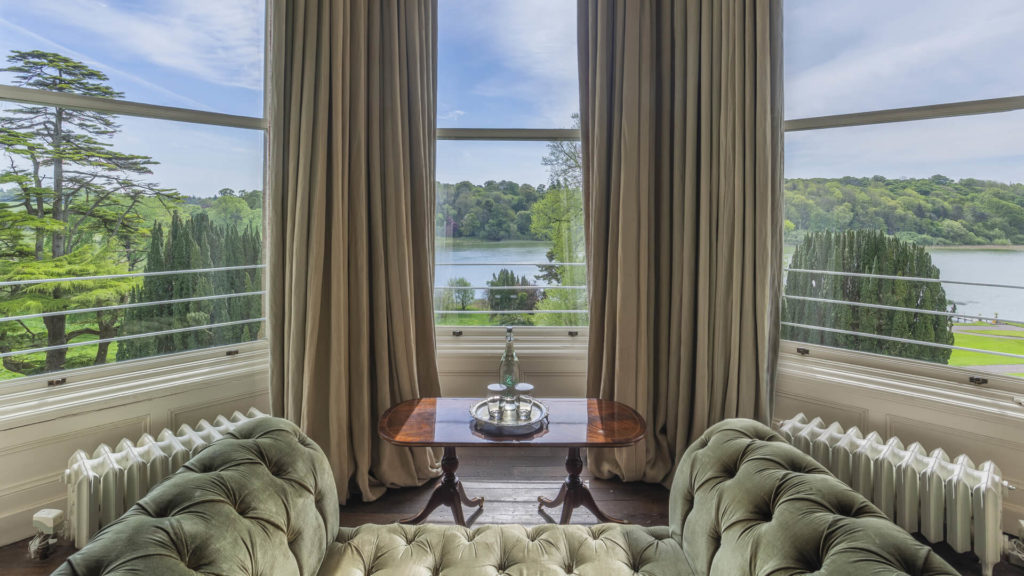
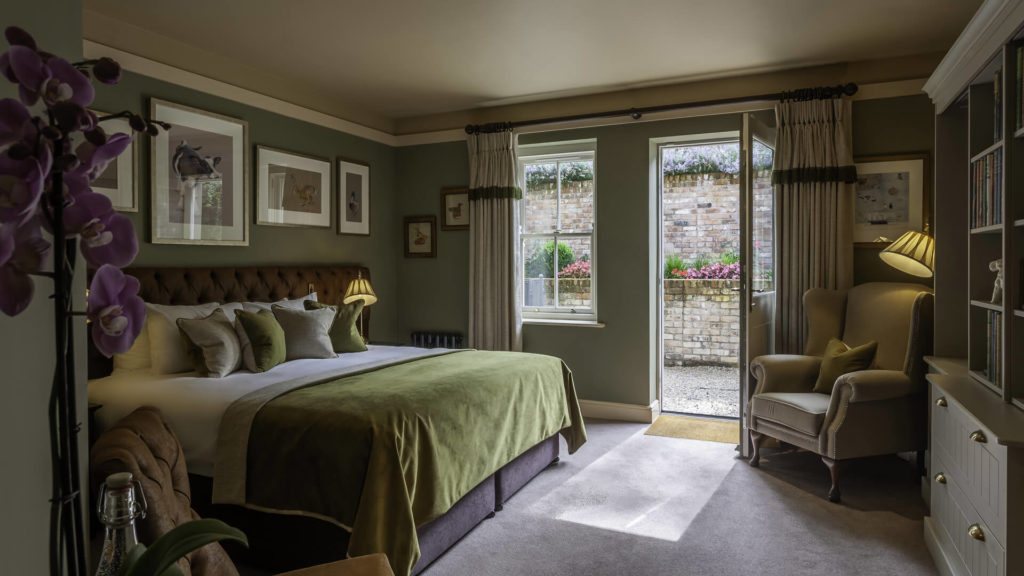
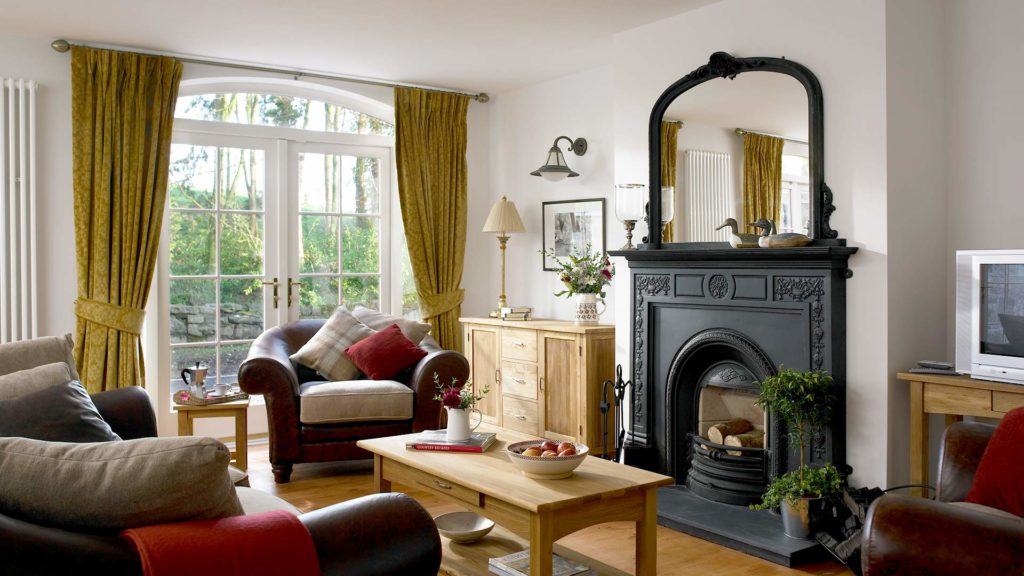
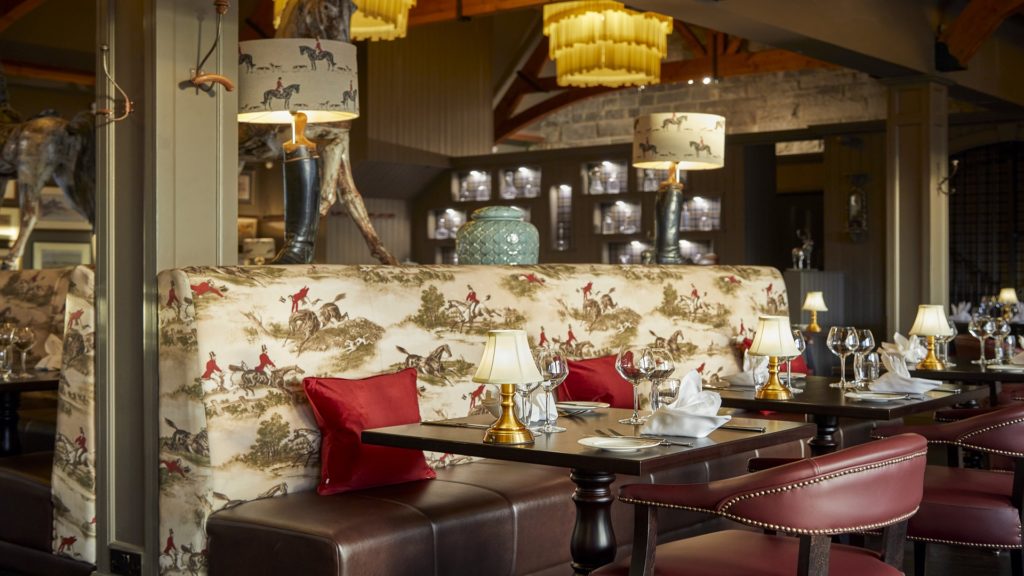
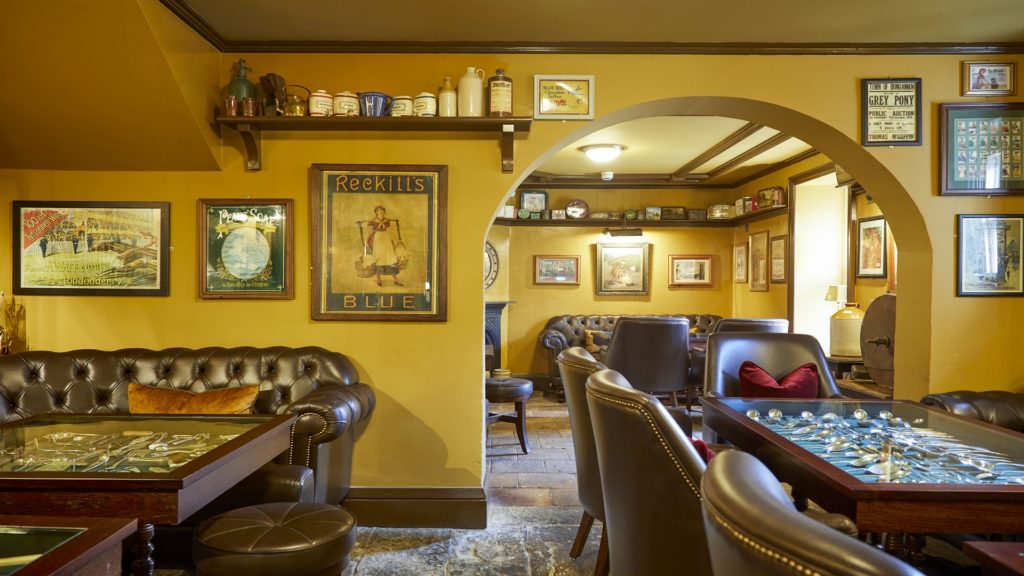
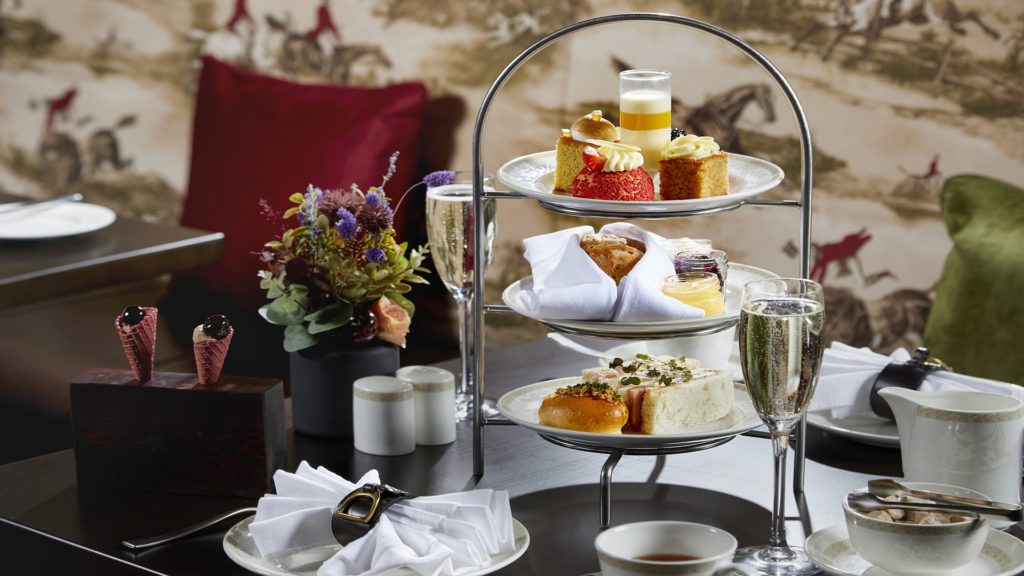
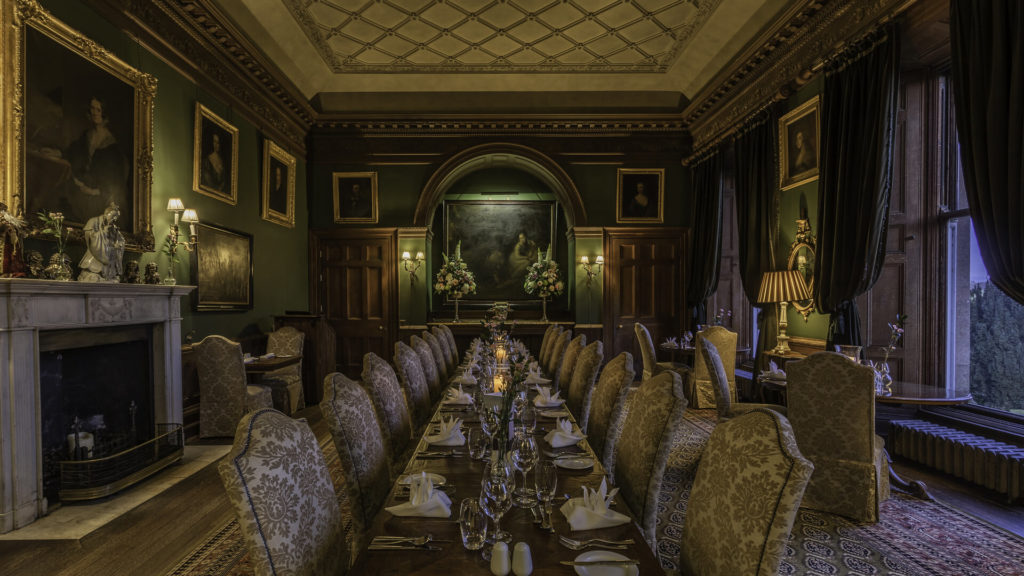
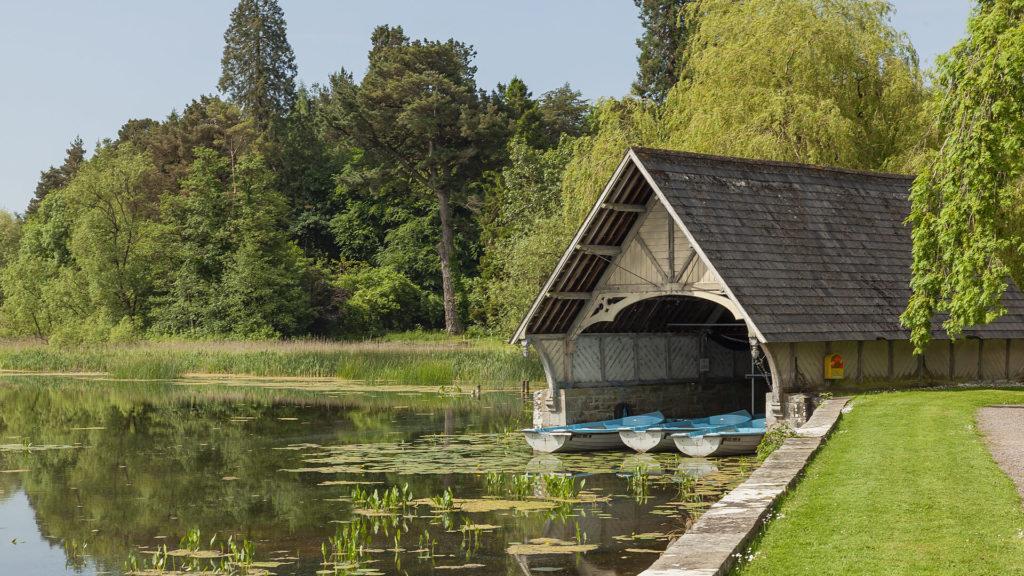
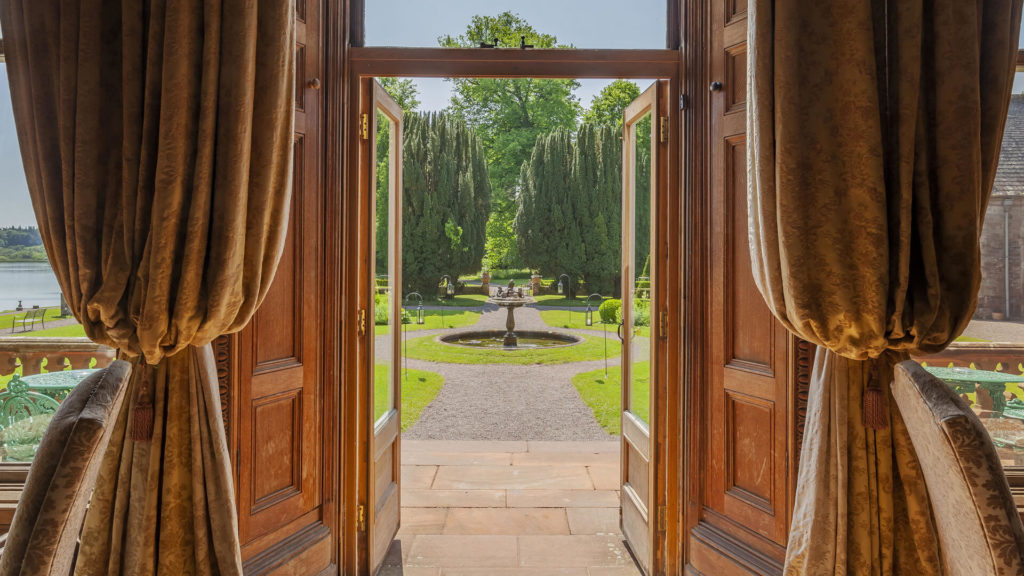

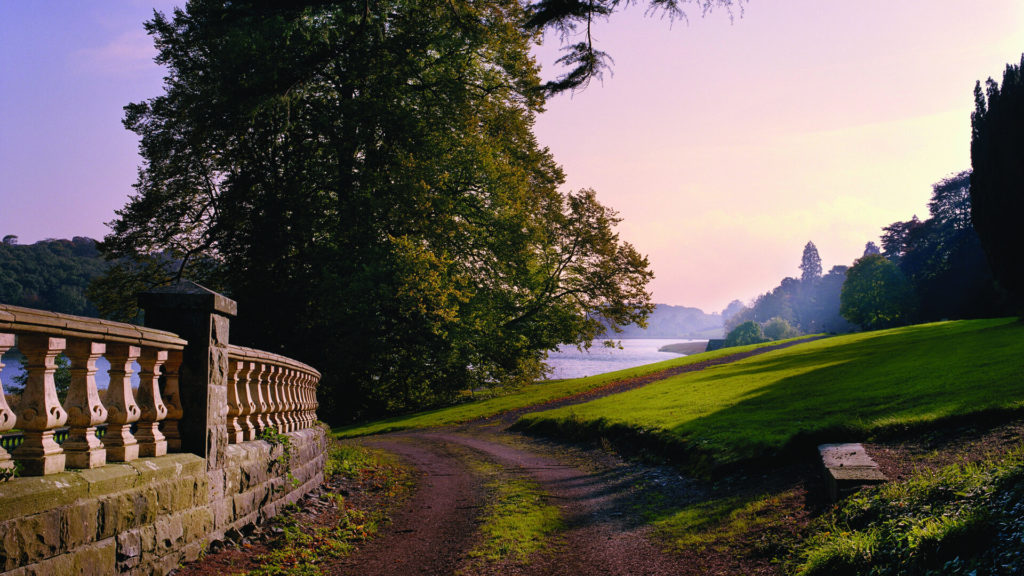
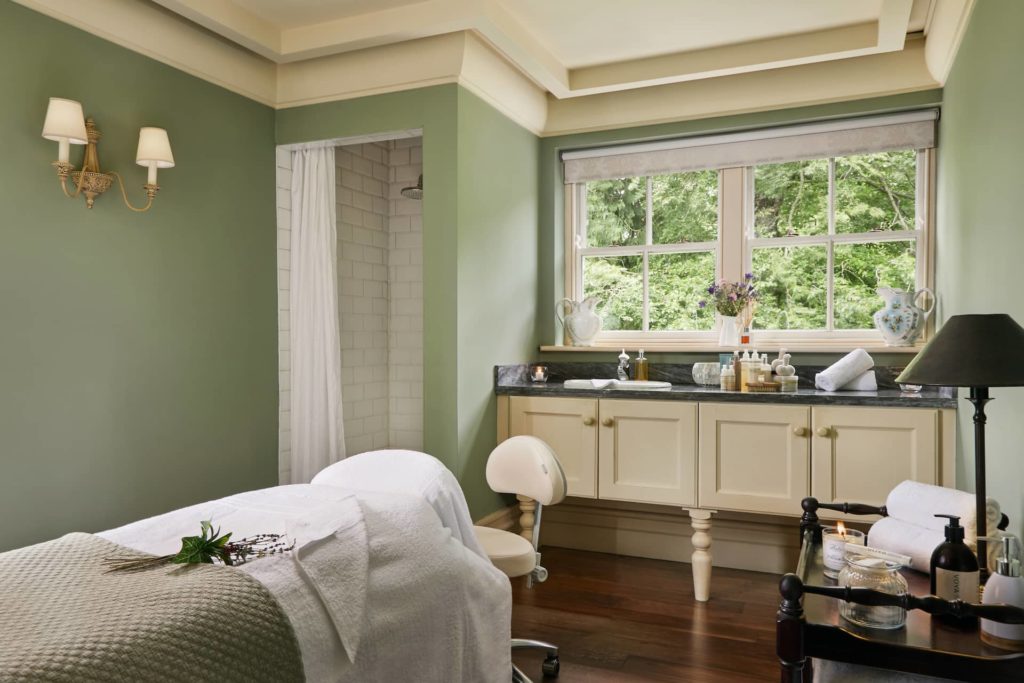

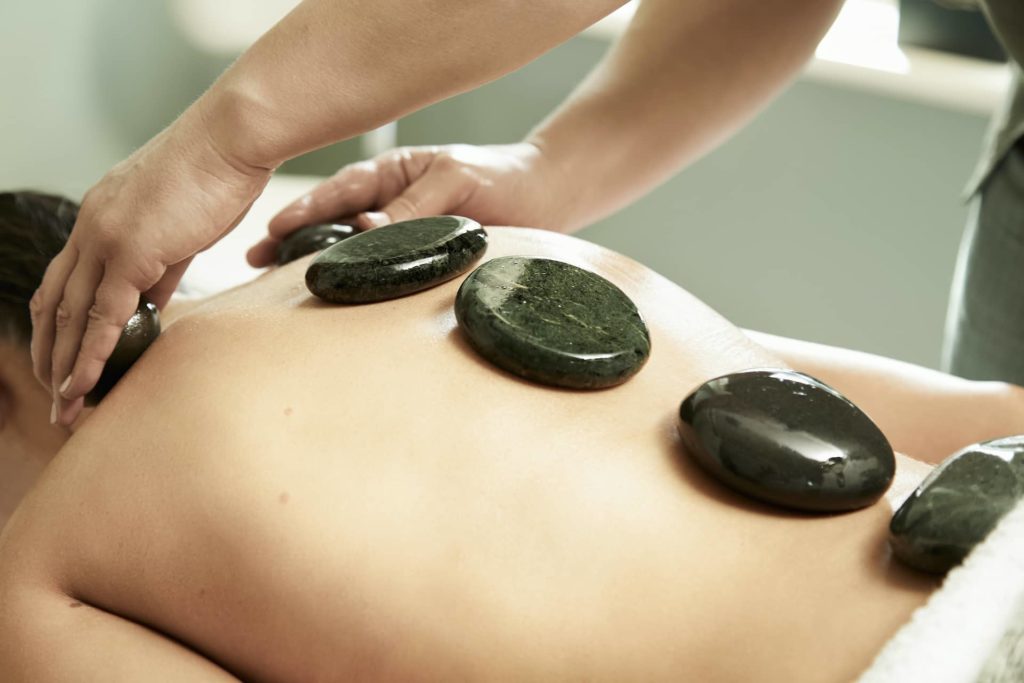
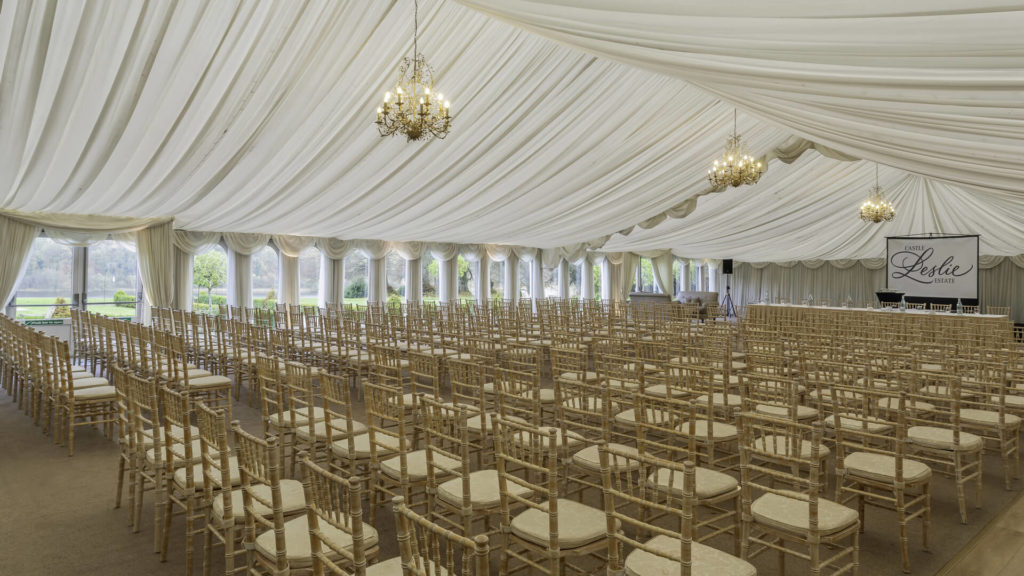
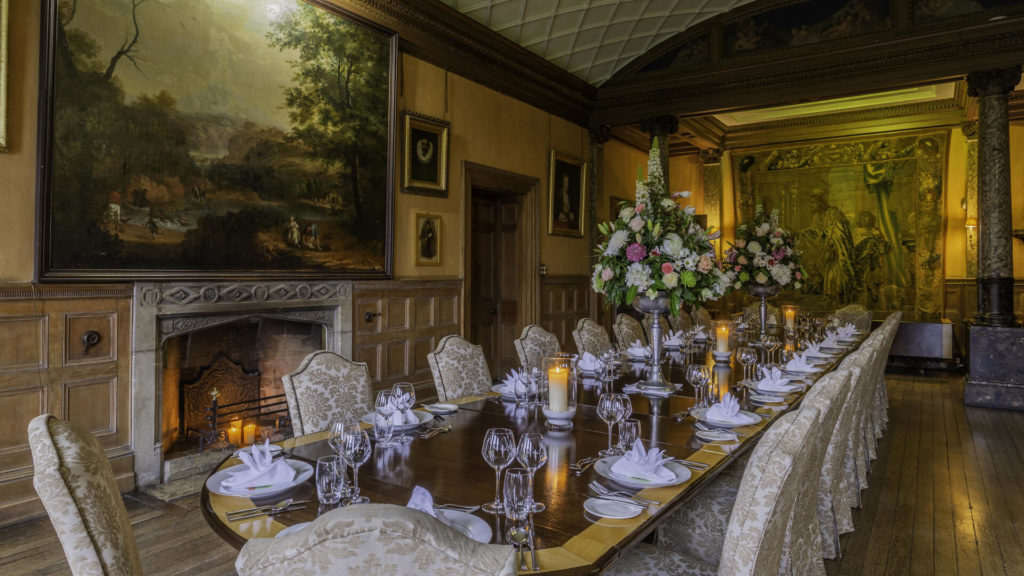
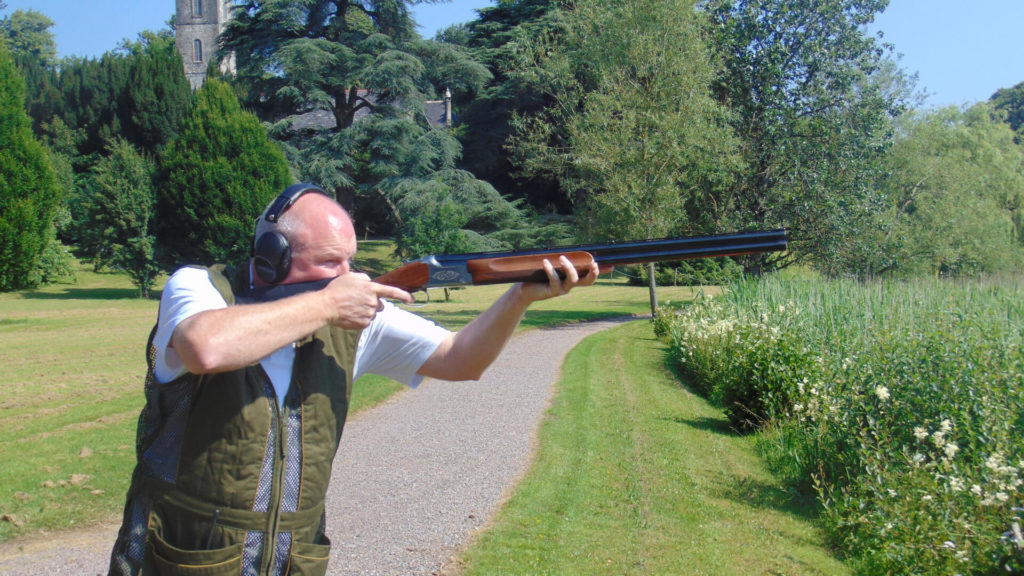
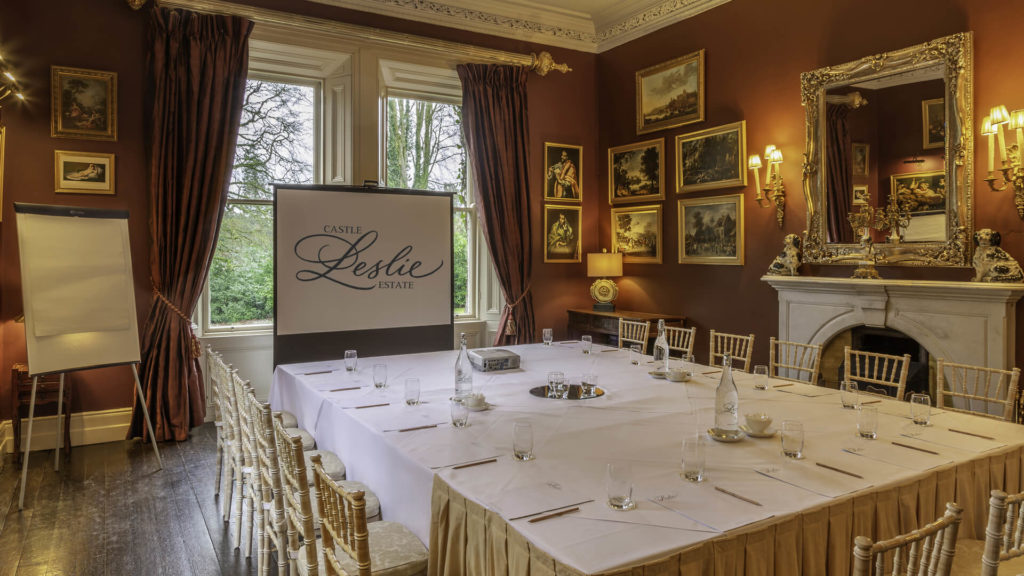


Recent Comments